Protection Screen
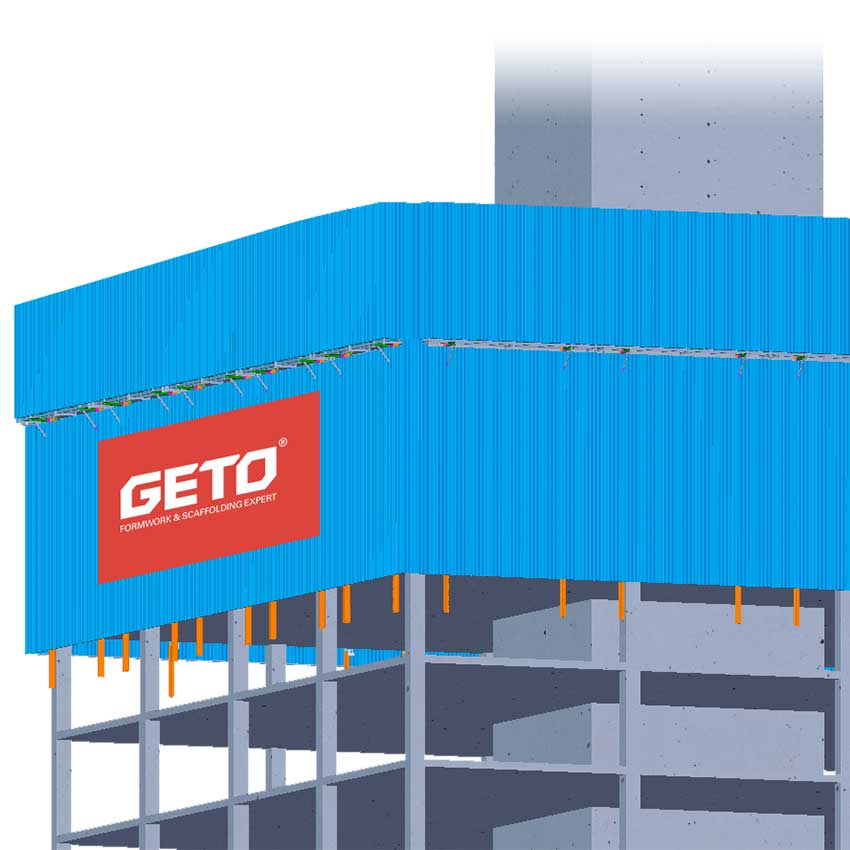
Protection screen is an innovative safety device attached to structures (floors, beams, or walls) and lifted using a tower crane or hydraulic system. Specifically designed to fulfill peripheral protection needs for high-rise and super-high-rise buildings.
There are obvious differences between the facade walls of commercial and residential buildings. Residential buildings typically have many facades, demanding protection screens for exterior work, while commercial buildings’ fewer facades permit work from internal edges.
Therefore, GETO protection screens are categorized into residential protection screens with more platform layers, and commercial building protection screens with fewer platform layers.
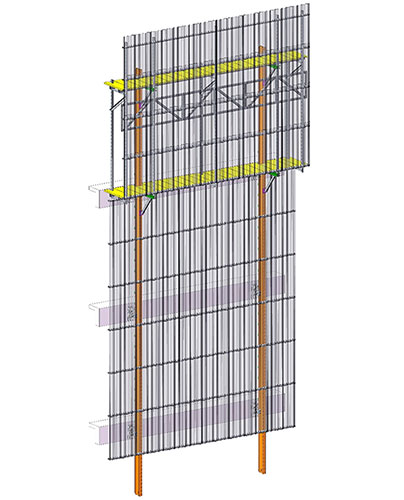
Protection Screen for Commercial Building
Protection screen for commercial building consists of climbing system, vertical main framework, structure of scaffold body and protection and sealing.
Application: Suitable for the peripheral protection requirements of high-rise and super-high-rise office buildings.
This system includes:
• Climbing system
• Vertical main framework
• Structure of scaffold body
• Protection and sealing
A reserved guide rail at the bottom accommodates sudden floor height increases, such as refuge floors. (Platform layers are adjustable as needed)
Protection Screen for Residential Building
Protection screen for residential building consists of climbing system, vertical main framework, structure of scaffold body and protection and sealing.
Application: Suitable for the peripheral protection requirements of high-rise and super-high-rise residential buildings.
This system includes:
• Climbing system
• Vertical main framework
• Structure of scaffold body
• Protection and sealing
Multiple platform levels aligned with building floors for convenient construction.
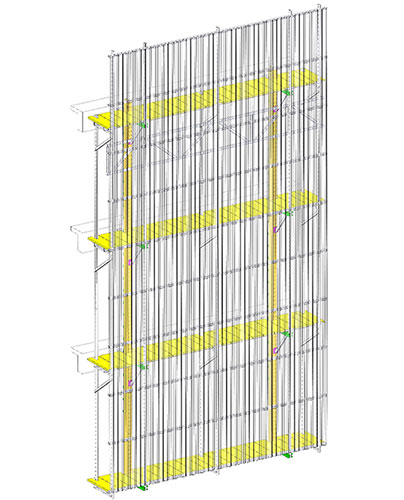
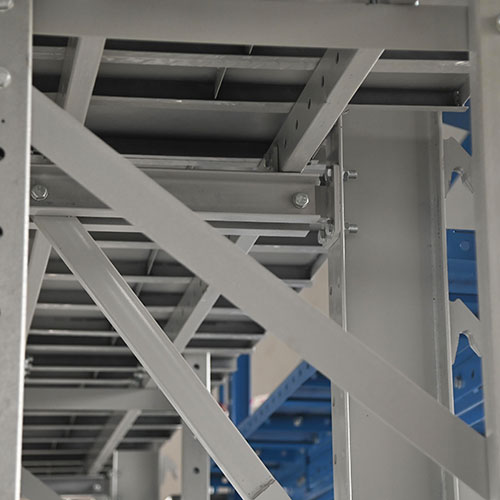
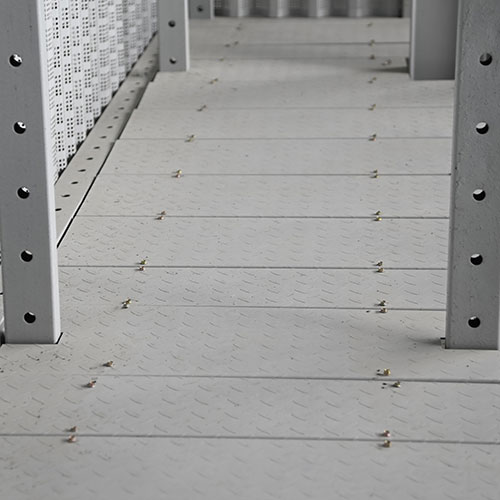
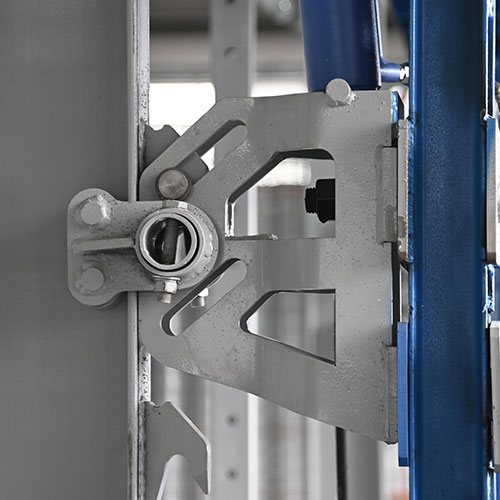
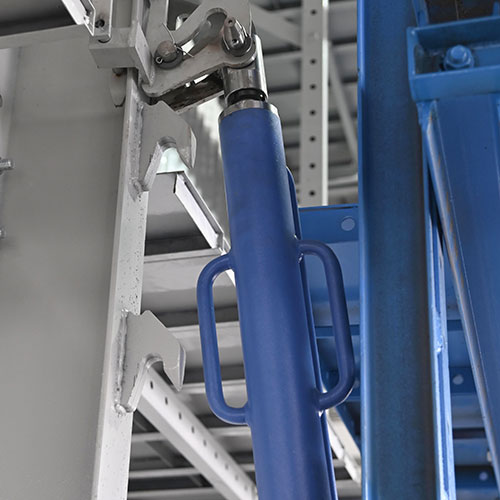
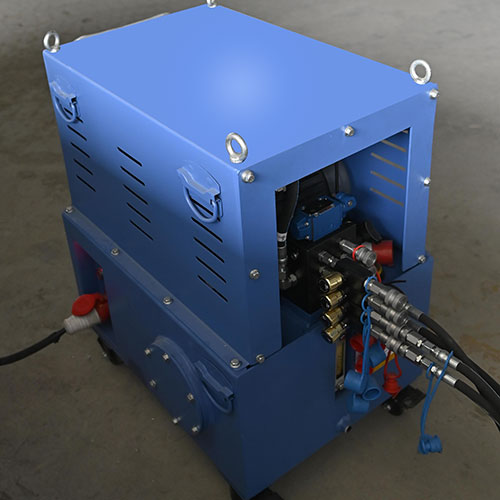
.jpg)
.jpg)
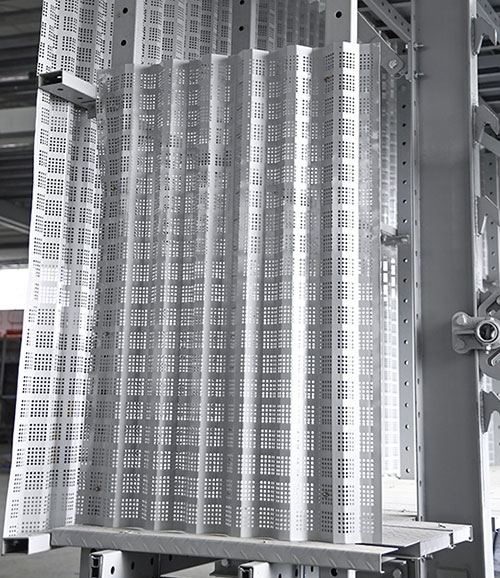
① Guide rails and platform boards are 0.3m from the wall for easy installation of beam and wall formwork.
② Seal flaps can be installed as needed.
① High safety
• High wind resistance: Capable of withstanding a maximum wind load of 9 levels without extra reinforcement. Additional reinforcement is needed for wind loads beyond level 9.
• Fall arrest: Fall arrest devices attached during climbing are independent, minimizing safety issues resulting from operational errors.
Protection against personnel and items being dropped is ensured by full sealing, including guide rails, corners, and protruding parts.
All components undergo rigorous testing, including extreme loads and falls, to ensure safety in extreme conditions.
② Higher productivity and cost efficient
• Strong universality of components for easy management: Main components do not exceed 10 types, achieving a universal compatibility rate of 95% or higher.
• Hydraulic drive system: Compared to conventional protection platform using electric hoists and electronically controlled, the cost is lower.
• Reliable, maintainable, and easy to operate.
• Lower costs for disassembly, transportation, and labor due to the lightweight frame compared to regular steel climbing platforms.
③ Multi-functional
• Suitable for diverse shapes and heights of structure. Adjustable floor supports permit use on facades with both varying and constant inclinations.
• Platform boards and sealed flaps can align with floor levels.